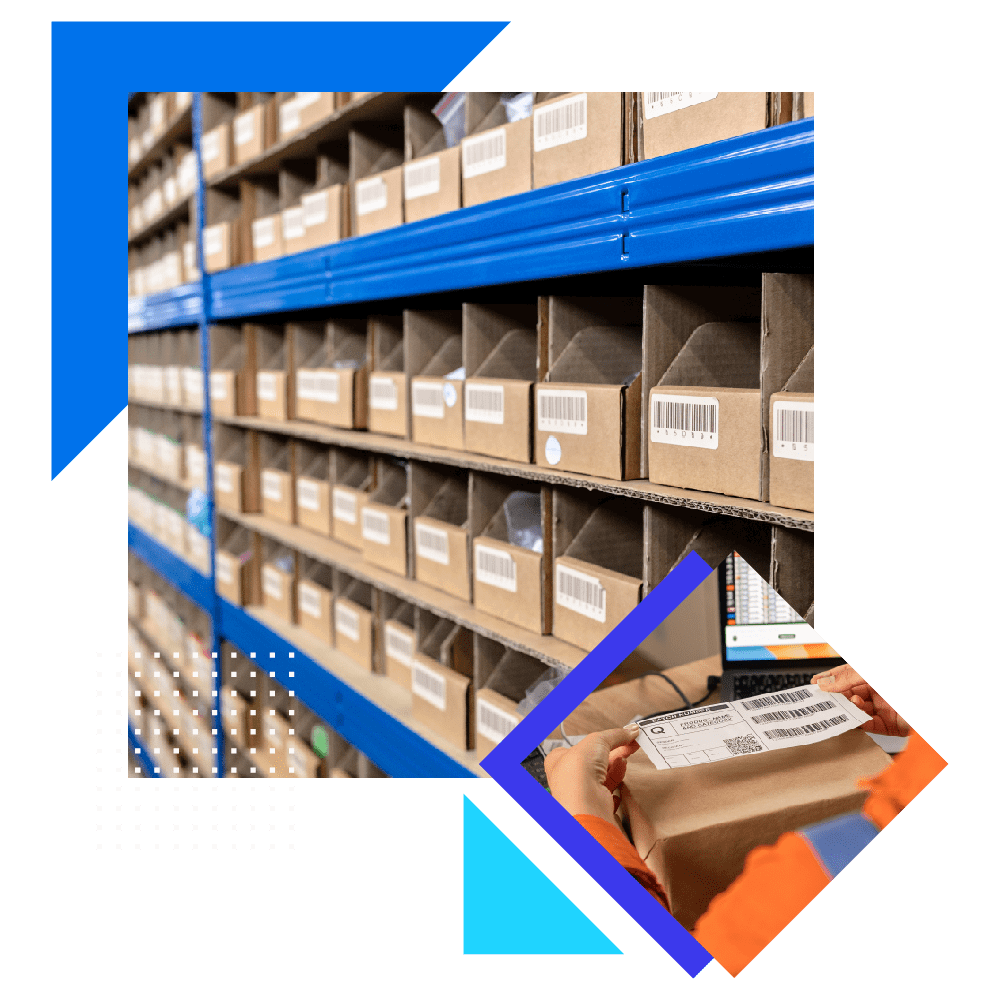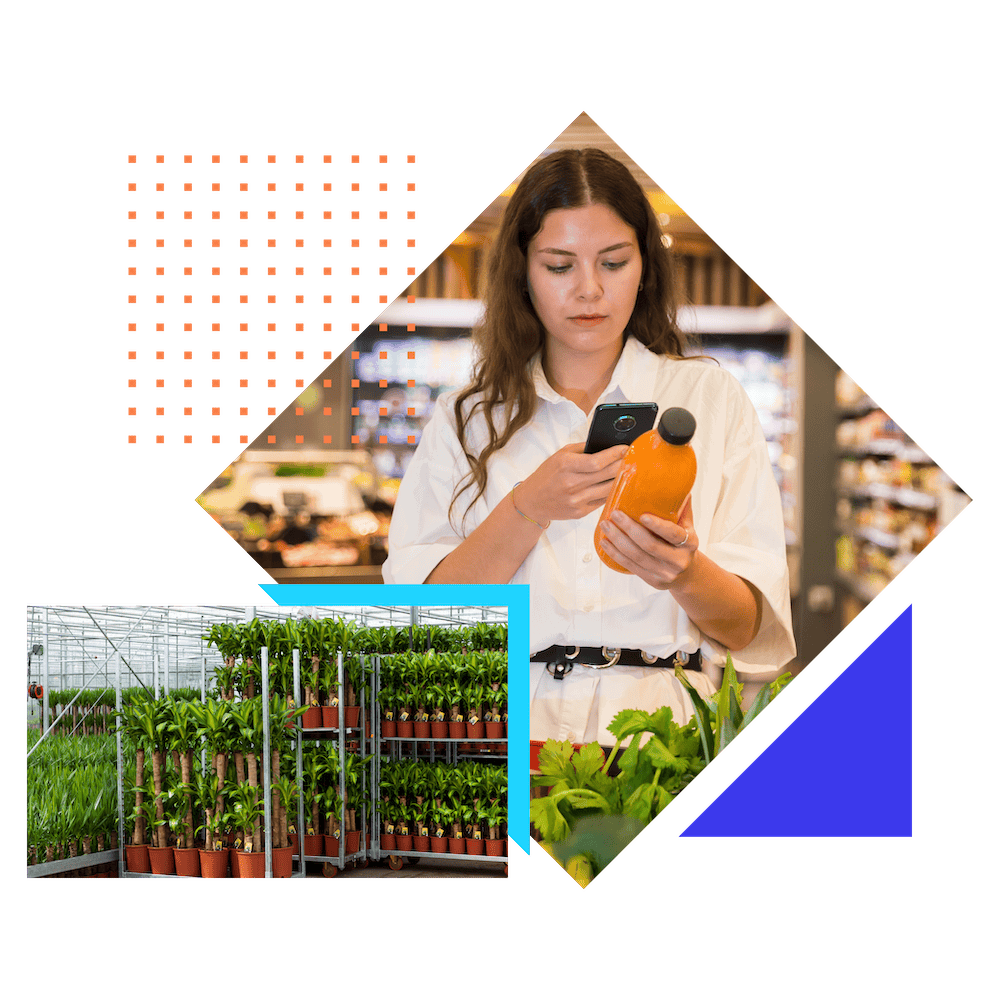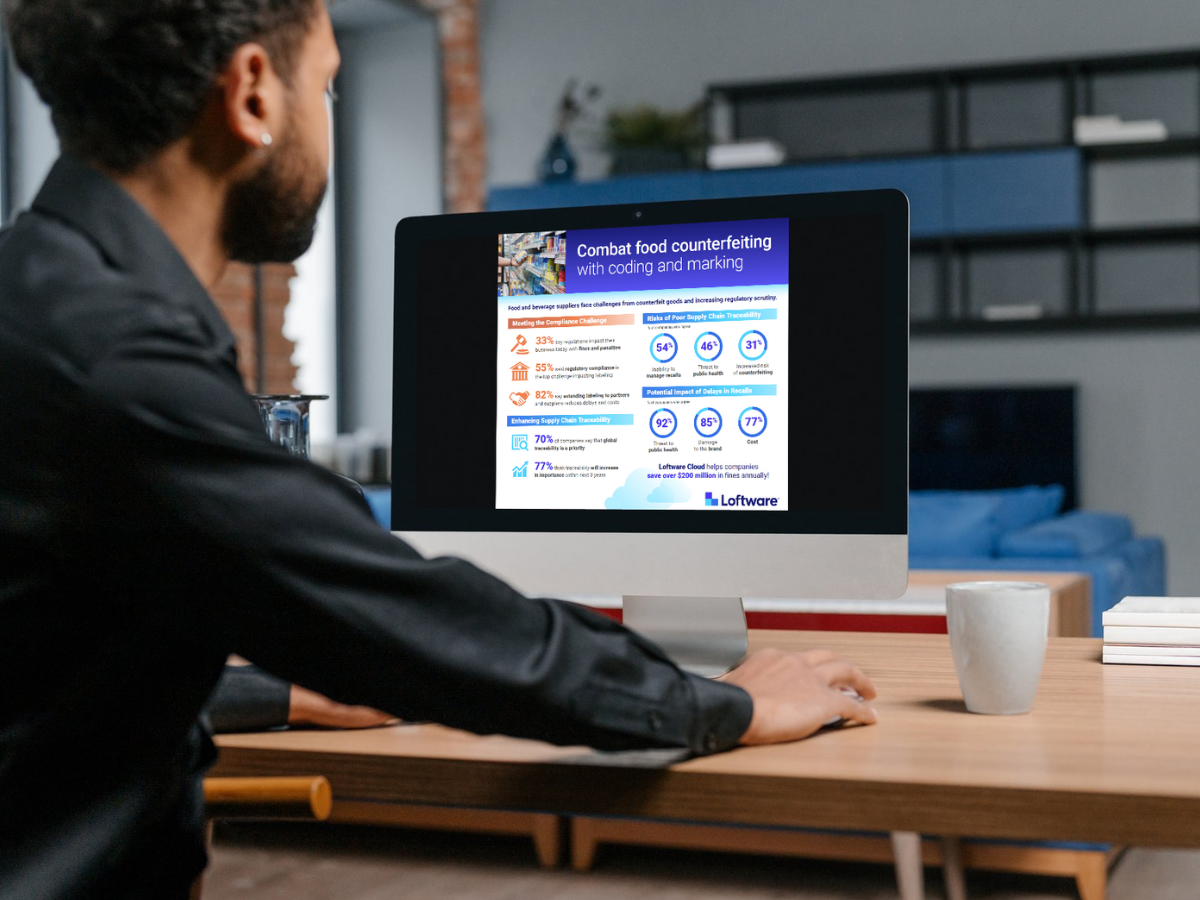Loftware Cloud EnterpriseDla przedsiębiorstw globalnych
Loftware CloudDla średnich i rozwijających się firm
Loftware Cloud DesignerDla mniejszych firm działających w jednej lokalizacji
Etykietowanie urządzeń medycznych i badań klinicznych
Loftware Cloud ComplianceUrządzenia medyczne
Loftware Cloud Clinical TrialsDo badań klinicznych
Loftware SmartflowDo zarządzania grafiką opakowań
Połączone opakowania
BL.INK EnterpriseFor dynamic QR codes




